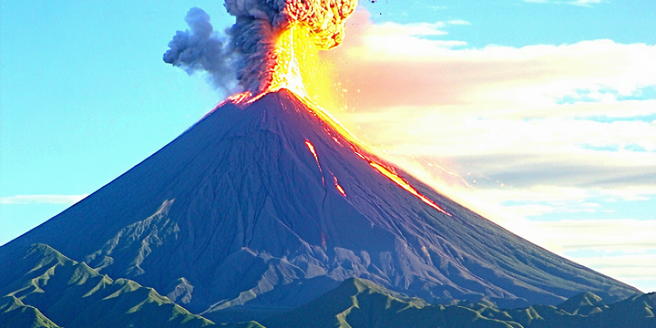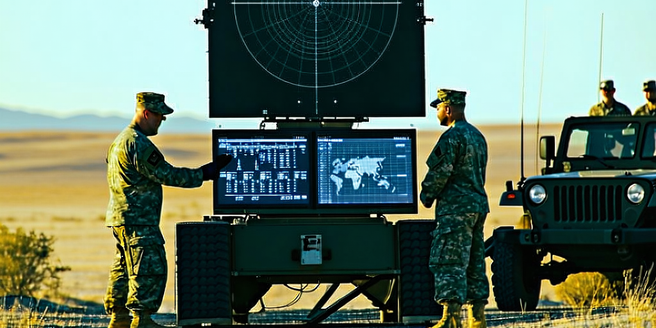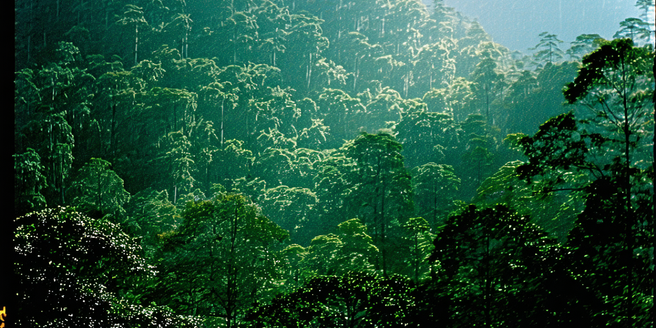Pollen Dispersion Trends And Allergy Seasons
Understanding Pollen Production Cycles Pollen production cycles are highly influenced by the life stages of plants. Different plants have unique flowering times that are synchronized with environmental conditions, such as…
Volcanic Eruption Prediction: Technological Advances
Understanding Volcanic Activity and Its Impact Volcanoes are critical to our ecosystem, shaping landscapes and influencing the atmosphere. Their eruptions can be destructive, affecting lives, and economies. Therefore, understanding volcanic…
Cooling Technology Advancements
The Evolution of Cooling Systems in Recent Decades Cooling systems have evolved significantly over the past few decades, transforming from basic fans to sophisticated air conditioning units. In the early…
Underwater Weather Photography: Capturing Ocean Currents
Introduction to Underwater Weather Photography Underwater weather photography is a fascinating discipline that bridges the gap between technical expertise and artistic expression. By exploring the dynamic oceanic environment, photographers can…
Radar Customization For Personalized Alerts
Understanding the Importance of Personalization Personalization has become a critical component in technology, enabling businesses to tailor experiences to individual needs. By understanding user preferences and behaviors, systems can offer…
Emergence Of Machine Learning In Predictions
Understanding Machine Learning Basics Machine learning is a branch of artificial intelligence that focuses on building systems that can learn from and make decisions based on data. It involves algorithms…
Bubonic Plague And Climatic Conditions
Understanding the Bubonic Plague: A Historical Overview The Bubonic Plague, caused by the bacterium Yersinia pestis, is one of the deadliest pandemics in history, with the Black Death being its…
Behavioral Changes Signifying Seasonal Affective Disorder
Understanding Seasonal Affective Disorder Seasonal Affective Disorder (SAD) is a type of depression that occurs at a specific time of year, usually in the winter months. SAD is influenced by…
Sad And Sleep Patterns
Understanding the Link Between Sadness and Sleep Research indicates a complex relationship between sadness and sleep. Feeling sad or experiencing depressive symptoms can disrupt sleep patterns, leading to insomnia or…
Deep Learning In Forecast Models
Introduction to Deep Learning in Forecasting Deep learning is revolutionizing the field of forecasting by providing powerful techniques that mimic the way humans learn. By analyzing vast amounts of data…










